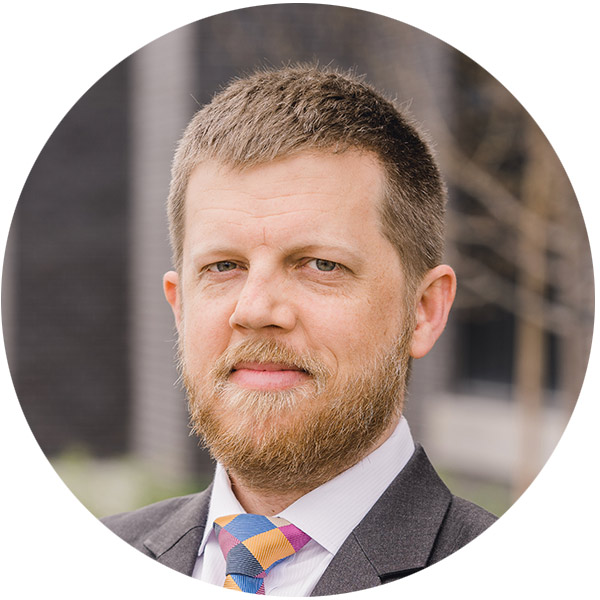Many Utahns have become aware of occupational licensure laws in the wake of a federal lawsuit filed by Jestina Clayton, with the help of the Institute for Justice. Clayton was told she needed a cosmetology license to braid hair for a living, forcing her to attend 2,000 hours of classes at a cosmetology school that didn’t even teach African hair braiding.
The state lost that case—with taxpayers on the hook for around $200,000 in legal fees and staff time—and rightly so. In his ruling, the judge observed that “to premise Jestina’s right to earn a living by braiding hair on [Utah’s regulatory] scheme is wholly irrational and a violation of her constitutionally protected rights.”
Following this result, the legislature unanimously amended the cosmetology law to exempt hair braiding from licensure and reduce the schooling hour requirement from 2,000 to 1,600.
Those who champion occupational licensure as a praiseworthy policy approach suggest that these preemptive regulations are needed to protect public health and safety. While these regulations can do so in theory, in practice they exceed this limited scope. As the latest example, consider House Bill 287 from this year’s legislative session.
HB287 created a new license for “hair design” which is now only 1,200 hours, rather than the full 1,600 required for cosmetology more broadly. While pitched as a way to reduce the burden of licensure on those who want to merely engage in hair design services, committee discussion revealed a problem.
Ms. Brenda Scharman of the Cameo College of Essential Beauty testified in favor of the bill. Speaking to the proposed number of hours required (that schools such as her own would be guaranteed clientele by the state), Scharman said, “This is the number that we came up with as a standard across the country. Most states across the country are around 1,400, but we feel that we can do it in 1,200.”
When asked by a member of the committee how many of these hours pertain to public health and safety—the state’s presumed interest in licensure laws—Scharman replied:
Across the country, we’re saying how did the states come up with those hours? The schools, we have our curriculum and we have designated areas of each area of learning, whether it is the academic/didactic learning, or whether it’s practical learning, or whether it’s practical applications. And we’ve determined how many—on average, it’s not an exact science… if we were to take the median student, how many services do they require to master this skill, or to master this skill to the point of entry level into the profession.
And we’ve studied that for years. That’s where there is a movement of decreasing hours. Because as you know, there are states as high as 2,300 hours, and then states that are as low as 1,000 hours.
However, I would like to point out, the states that are 1,000 hours, those graduates generally do a 3-5 year internship for $9.20 an hour on graduation. So there’s a big difference in Utah. Our students, they go to work immediately after—not into an internship program.
So there is strategy as to what those number of hours are in each area of subject.
As you can see, she did not answer the question.
Scharman was again asked what number of hours would be required to satisfy the public health and safety education requirement, apart from merely learning technique and other information about the profession.
The number she finally offered: 350-450 hours.
And yet she was promoting a license to force would-be hair designers into an education program (provided by her school), mandated by the state, that required triple the amount of time beyond the state’s legitimate interest.
Licensure laws must be narrowly tailored, but as this example shows, too often they are broadened—and then justified because it’s what other states are also doing.
In Jestina’s case, the federal judge cited previous U.S. Supreme Court precedent to point out that these burdensome regulations can too often violate one’s right to work:
The right to work for a living in the common occupations of the community is of the very essence of the personal freedom and opportunity that the Constitution was designed to protect.
Occupational licensure laws in Utah need a substantial overhaul to narrow their scope such that they only satisfy the state’s interest in protecting the public—and nothing more. Long used as protectionist barrier to deter competition and enrich gatekeepers, licensure needs to be streamlined and reduced.
Utah’s Constitution says that “a free market system shall govern trade and commerce,” but occupational licensure laws have let government run amok for too long. It’s past time for that to change.





